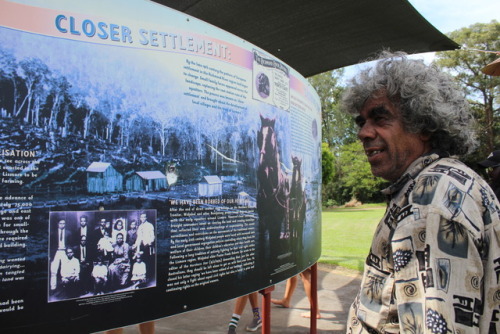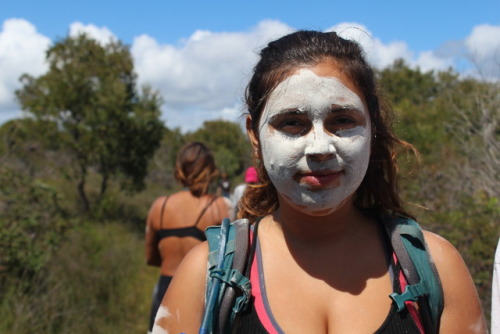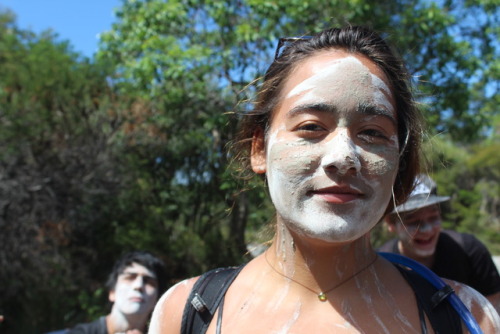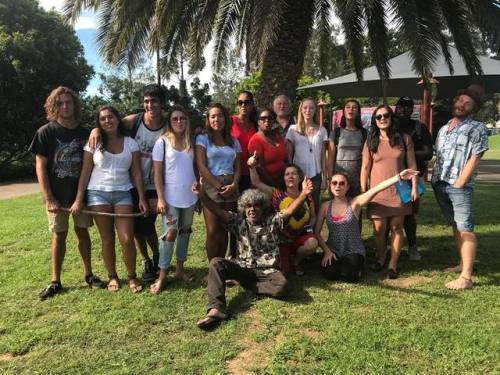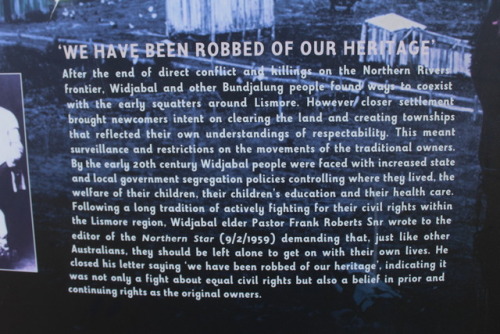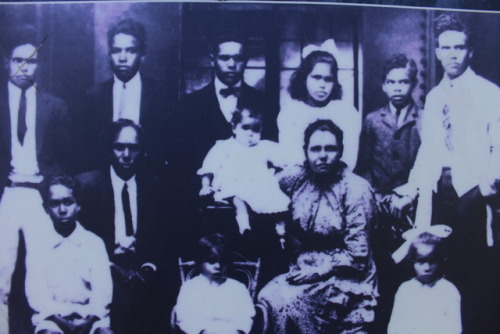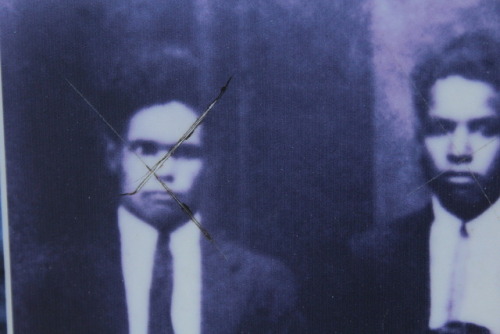Australia’s First Peoples by Miranda SheaFiji was an exciting adventure that took us
Australia’s First Peoples by Miranda SheaFiji was an exciting adventure that took us on a whirl-winding journey through culture and landscape. We packed in experience after experience in the three short weeks we were there, but it was time to move forward to the next portion of our semester. As we boarded the plane to our next destination, Australia, we took with us an appreciation and understanding for these islands, jewels in the Pacific. Thus far we had begun our studies in the ethics surrounding development, and what the global issues are looking at them through a variety of lenses and perspectives. In Australia we widened our course load by adding on a new class, Australia’s First Peoples. This course, in conjuncture with our others, would delve into the tangled history of Australia, taking a closer look at the colonial regime, the stolen generation, and how the push to preserve indigenous culture is still suppressed even to this day. It would become an immersive experience where through all of our classes we would, in one form or another, look at the First Peoples of the continent, their traditions and customs, and the struggles they went through to maintain their heritage and culture.We moved into homes in the small coastal town of Brunswick Heads, not more than fifteen minutes from the popular tourist destination of Byron Bay. The place was quaint, nestled in between the river and the sea. Here we settled into our studies, but our field experiences would take us beyond the borders of the small town and further into Bundjalung country. Our first encounter with indigenous reclamation was during our visit to the Byron Bay lighthouse—a stately white structure, erected in 1901, the same year as the Federation of Australia. At this point in history, an indigenous culture that had preceded the current town of Byron had been all but eradicated. Local tradition was built over, emotionally and physically, as the white settlers who landed and made their homes on the coast, had built this massive, western structure over an indigenous ceremonial ground.Our class was fortunate enough to visit this site with the personal guidance of Delta, an aboriginal woman who works with the park as an indigenous advisor. Upon the door of the lighthouse, etched into the frosted glass are the words in Latin: Olim periculum nunc salus. When translated, the inscription reads “Once perilous, now safe.” The irony of this statement was not lost on me. The common narrative is that the words reference the protection the lighthouse provided for the sailors coming home from sea, avoiding shipwreck. But the incredible oversight of the peril the native cultures suffered at the hands of the colonizers is almost laughable. Delta told us stories of “Watching animals for a feed, how to act”, that her mob (family/friends), her mother’s mob, reaching back through her ancestry relied on the concept that one cannot own the land, one belongs to it. This is something the colonizers, to disastrous effect, did not respect, let alone embrace. Aboriginal ways of life could be part of a hybridity Delta suggested, if we can all cultivate self-awareness. She looked us all in the eye and said it must be “the old way, with the science of the white man’s new way.” It is impossible to unlearn the things one has been taught, but incorporating new knowledge, and being aware of how to intermingle and respect different ways of thought could be a start.This would not be the only meeting we had with Aboriginal peoples or sites that would open our minds to new knowledge. We visited Nightcap National Park, home to a sacred, female only, Aboriginal site. A rare moment of peace and power was afforded to the group of young women I visited with. We all had to take space to consider what the power of this moment meant for all of us, what it meant for the women who came here before us, and the respect of the men who attended the place with us. We went to Tweed Heads and visited a place called the Minjungbal Aboriginal Cultural Centre. Here we walked through the forest, learning about how the Aboriginal people of the area used nature as their pharmacy, their grocery store. There we saw the ancient dancing grounds, where the hundreds upon hundreds of feet who danced and prayed there had dented the earth. Our guide leaned in and told us, her tone hushed, that in the night you can still hear the drums.Through all of these, and many more experiences leaned first hand, and in the classroom, we still only barely scratched the surface. There were over five hundred different tribes across the continent. With such variety of culture and language, the lumping together of Aboriginal people as a whole, especially when learning about them from afar, had failed to teach me about the diversity of their cultures, laws, arts, and traditions. However, even being able to have the opportunity to speak with indigenous peoples, and hear their accounts and stories first hand, taught me the invaluable nature of learning first hand. -- source link
Tumblr Blog : liuglobal.tumblr.com
#australia#liuglobal#miranda shea
